How to grow papyrus outdoors – and enjoy a firework-like display of foliage from these easy-to-grow, moisture-loving plants
These water plants have been grown for thousands of years and are great for backyards
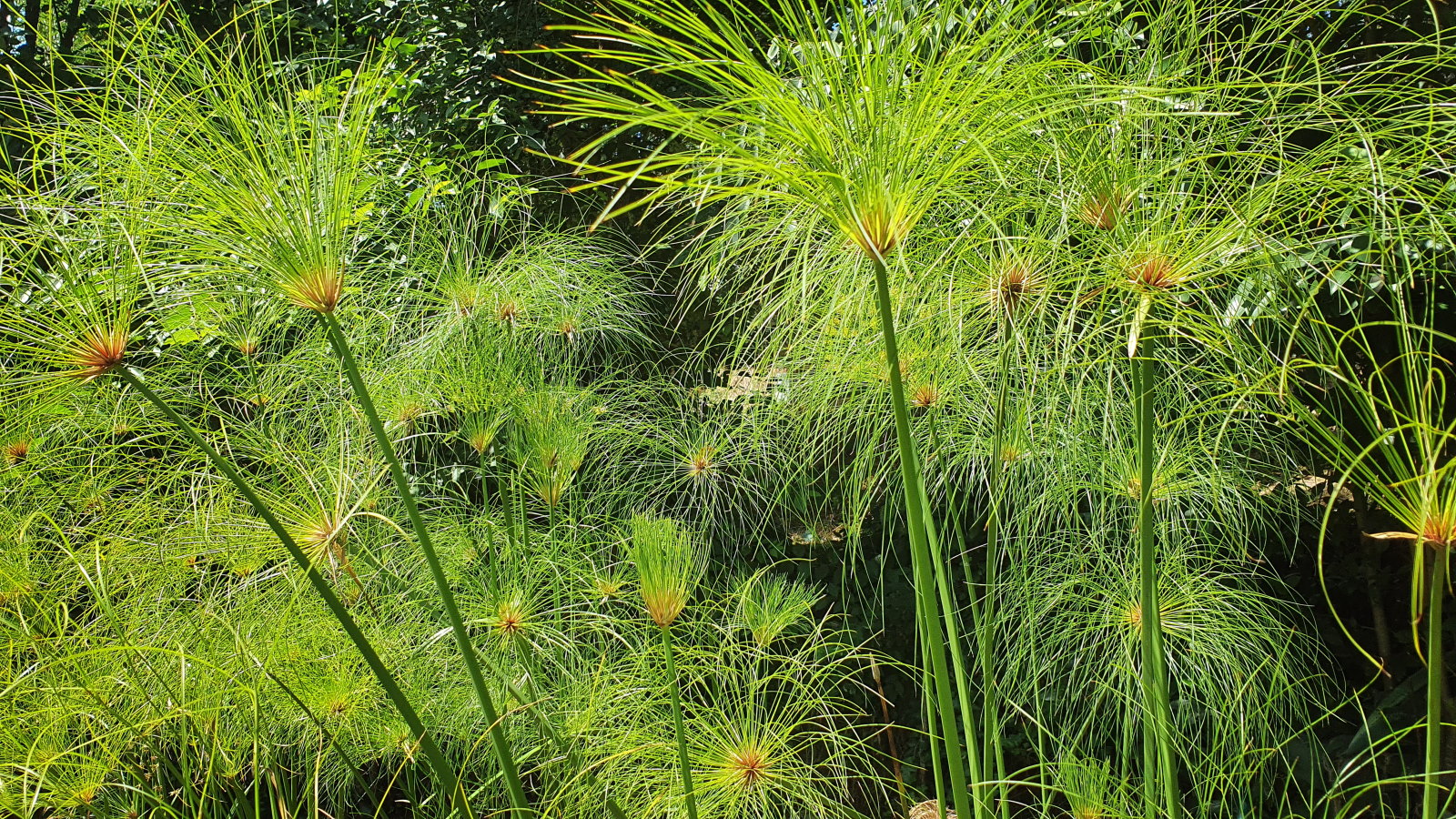

Papyrus (Cyperus papyrus) is a statuesque water plant with a rich history. Grown for its tall and flamboyant umbrella-like foliage, papyrus is a dramatic addition to any backyard but has a specific growing need.
It needs a moist environment and prefers standing water, with papyrus ideal for planting on the edge of shallow ponds or growing as water garden plants. If their moisture needs are met, they are easy-to-grow plants that can put on a spectacular show.
Papyrus plants offer anyone with a pond, water garden, rain garden, or even a boggy corner, the chance to enjoy the showy and fast-growing foliage. To help you grow papyrus outdoors, we look at where to plant it and how easy it can be to care for.
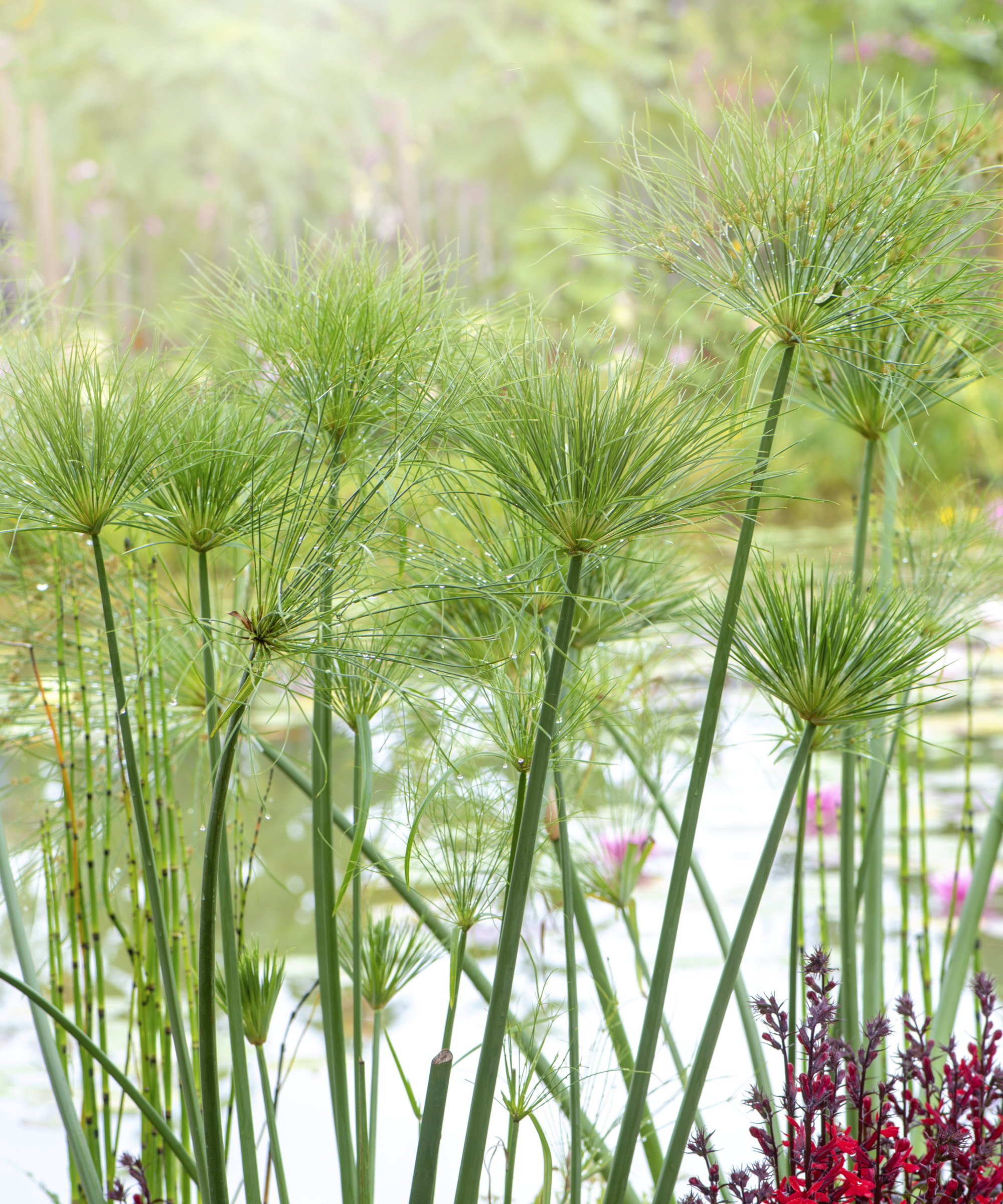
How to grow papyrus
Papyrus is an aquatic plant native to Africa that thrives in warm and moist environments. It has a rich and famous history of being used as paper, growing in large populations along the Nile in Egypt. Papyrus has also been used for food and weaving for thousands of years.
Papyrus is a heat-loving perennial in US hardiness zones 9-12. However, due to its fast growth, it can also be grown as an annual in cooler climates.
Part of the sedge family, it is grown as a foliage plant for its tall, green stems- which can reach up to 16 feet in its native habitat. These triangular stems develop from rhizomes and are topped with tufted umbrella-like foliage.
In backyards, papyrus tends to grow to 6-8 feet. Shorter forms are available that reach 3-6 feet, making them suitable for small backyards or growing in containers.
Papyrus has become invasive in Florida and escaped from cultivation in southern parts of the United States and Hawaii. It spreads by seed and can threaten native plants in open and wet sites. Always check whether papyrus is considered a threatening or invasive plant in your area before adding it to your backyard ideas.
How to plant papyrus
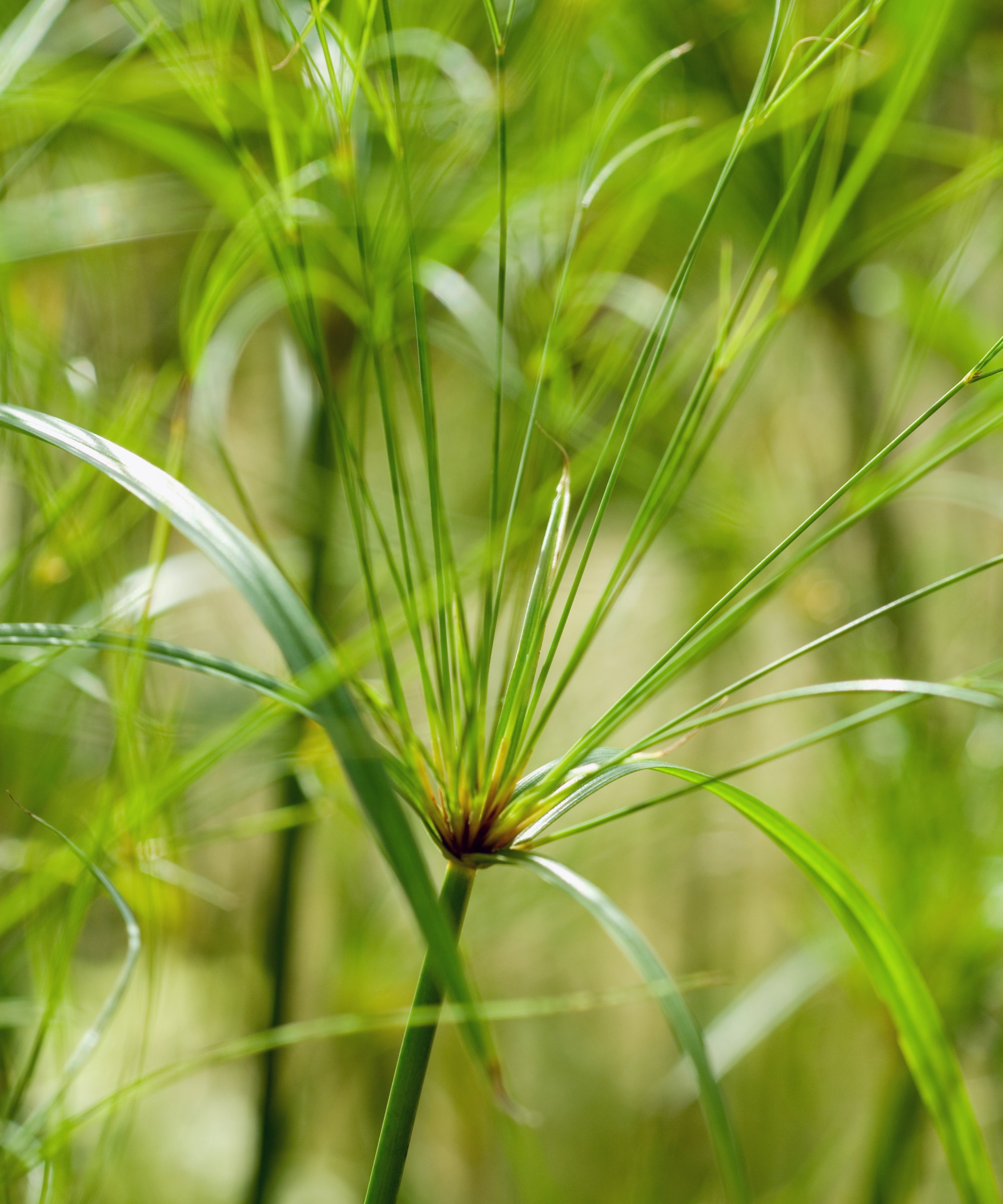
Papyrus can be versatile, but it always needs a moist environment to thrive in. Historically, it grew along river banks, in swamps, or in shallow lakes.
Home gardeners looking to replicate the right conditions can plant papyrus near the edge of a garden pond or in a water or rain garden - somewhere designed to collect and absorb excess water.
Papyrus wants to be submerged, but not immersed, in water. They are marginal aquatics that like to have their roots wet but not the crown. It is best to have them in standing water anywhere up to one foot deep.
Ideally, they prefer standing water but are plants for wet soil and can grow happily in damp areas. This creates the opportunity to grow papyrus to add drama and interest to boggy parts of a garden where many other plants struggle.
It is even possible to grow papyrus in large containers. However, planting them in container gardens will require a lot of watering to keep the soil damp enough. An alternative is to immerse the containers in water and then you can move plants indoors into a greenhouse to overwinter safely.
It is more than just the moisture levels to get right, though, as papyrus also prefers certain light levels - especially in warmer US hardiness zones where the soil risks drying out in the summer sun.
‘Papyrus tolerates full sun to partial shade, though some afternoon shelter can help in extremely hot weather,’ recommends Jessica Mercer from Plant Addicts. ‘It thrives in rich, consistently moist soil with a pH range from slightly acidic to slightly alkaline.’
Papyrus rhizomes should be planted around three feet deep into the soil in spring after the risk of frost has passed. Planting rhizomes is the most common method of growing papyrus, though plants can also be grown from seed sown indoors in early spring.

Jessica Mercer, PhD, is the senior content marketing coordinator for Plant Addicts. As a plant collector, Jessica enjoys growing many different plants and learning about the best culture practices for each. Writing for Plant Addicts is a real joy for her, as she can use her science background to research interesting plant topics.

This dwarf papyrus grows 2-3 feet tall and wide and can be grown as a perennial in zones 10-11, or as an annual in cooler climates. 'Prince Tut' grows multiple stems with green tufts of fine-textured stems.
How to care for a papyrus plant
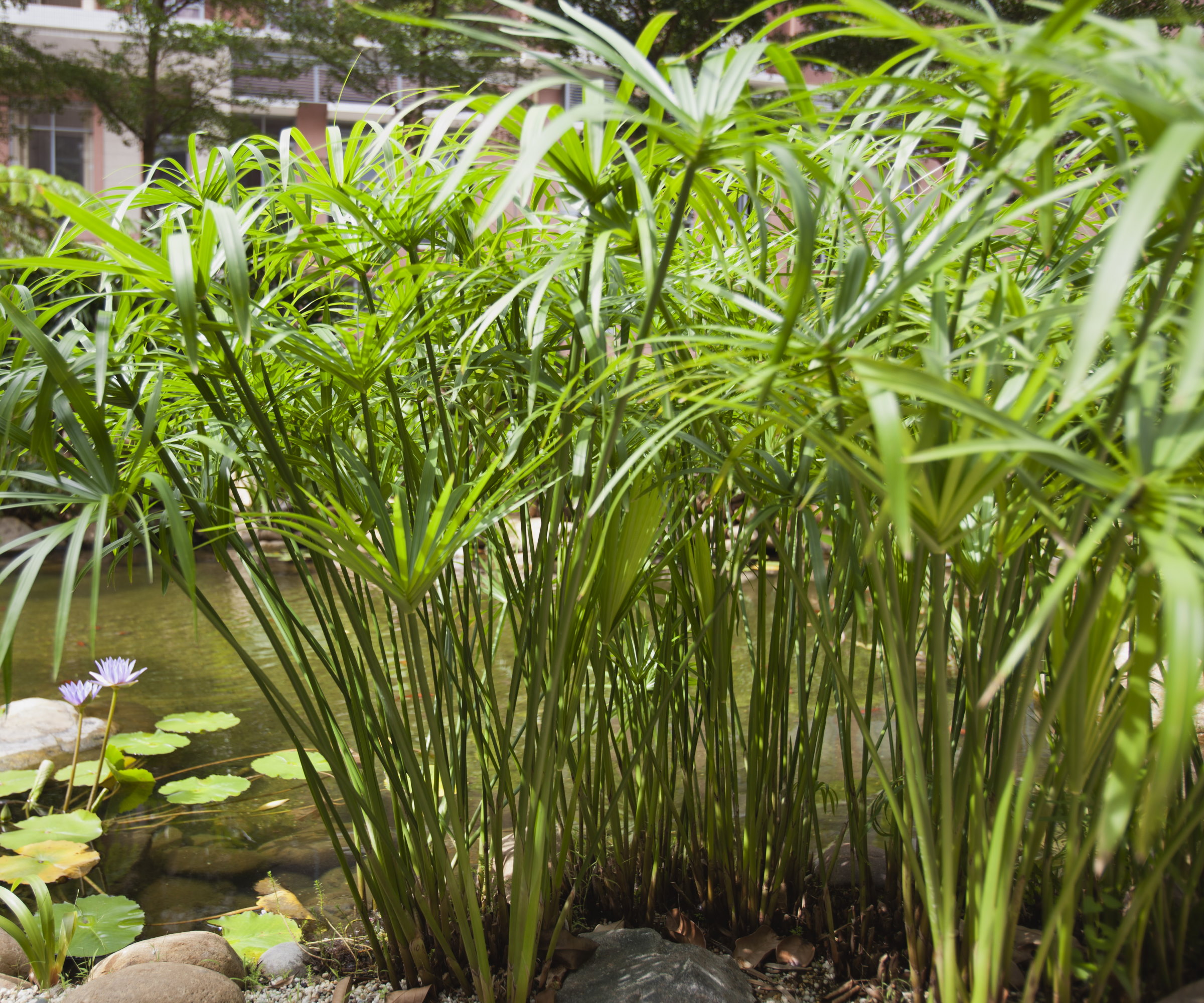
- Watering - Unless you grow papyrus in a submerged or consistently moist environment, such as by a pond or in a rain garden, watering plants regularly is a must to keep them happy. ‘If you’re not submerging it, water daily to maintain saturated soil,’ says Jessica Mercer. ‘Drying out can quickly stress papyrus, leading to browning stalks.’
- Feeding - Papyrus plants typically do not need additional fertilizer when grown in fertile soil. If the soil is not rich, add a balanced organic fertilizer to supply nutrients to support the growth of the papyrus’ towering foliage. Plants growing in containers will benefit from a feed formulated for water garden plants, such as this aquatic plant fertilizer available at Amazon.
- Pruning - The primary reason for pruning papyrus is aesthetics. Stems can turn brown during the growing season and Jessica Mercer recommends pruning them away at their base to spur fresh green shoots to develop. As for further pruning, she adds: ‘In regions where papyrus is a perennial, cut stems back to ground level in fall or early spring to encourage healthy new growth.’
- Propagation - If you grow papyrus as a perennial, you can divide plants in the spring to get new clumps. Dig up a healthy clump and pull it apart by hand into two or three sections, all featuring healthy rhizomes. Replant the papyrus into a damp location straight away.
- Overwintering - Papyrus can grow outdoors year-round only in regions where winter temperatures stay above 35-40°F, typically USDA Zones 9–12. If temperatures drop below this you can overwinter plants indoors but only if you have the right space and setup. As Jessica Mercer warns: ‘Papyrus needs bright sunlight and warmth to thrive and tends to struggle indoors.’ The right conditions will include a heated greenhouse with grow lights to provide adequate warmth and light throughout the colder months. Overwintering papyrus indoors will also involve regular deep watering to keep it moist.
FAQs
Does papyrus come back every year?
Papyrus is a perennial plant that can grow outdoors in the warmer climates of US hardiness zone 9 and above. It is frost-sensitive and can be brought indoors for winter. In doing so, the plant’s growth may slow down and new stems will appear when it is moved back outside once the temperatures warm in spring.
Why are the leaves on my papyrus plant turning yellow?
Yellowing leaves are a sign of a stressed plant. It can be caused by a lack of nutrients, underwatering, or extreme temperatures. Check the soil has not dried out too much, which can stress papyrus and cause yellow foliage followed by browning stems. Consider moving the plant if it is subjected to extreme summer heat or too cold temperatures. Or, feed the papyrus with a balanced fertilizer if you suspect it lacks essential nutrients.
When you have a backyard pond it is beneficial to include oxygenating plants. These useful plants absorb impurities and maintain oxygen levels in the soil, benefitting organisms in the pond.
For inspiration, see our guide to the best oxygenating pond plants to keep your water feature clean and support wildlife.
Sign up to the Homes & Gardens newsletter
Design expertise in your inbox – from inspiring decorating ideas and beautiful celebrity homes to practical gardening advice and shopping round-ups.

Drew’s passion for gardening started with growing vegetables and salad in raised beds in a small urban terrace garden. He has worked as a professional gardener in historic gardens and specialises in growing vegetables, fruit, herbs, and cut flowers as a kitchen gardener. That passion for growing extends to being an allotmenteer, garden blogger, and producing how-to gardening guides for websites. Drew was shortlisted for the New Talent of the Year award at the 2023 Garden Media Guild Awards.
You must confirm your public display name before commenting
Please logout and then login again, you will then be prompted to enter your display name.
-
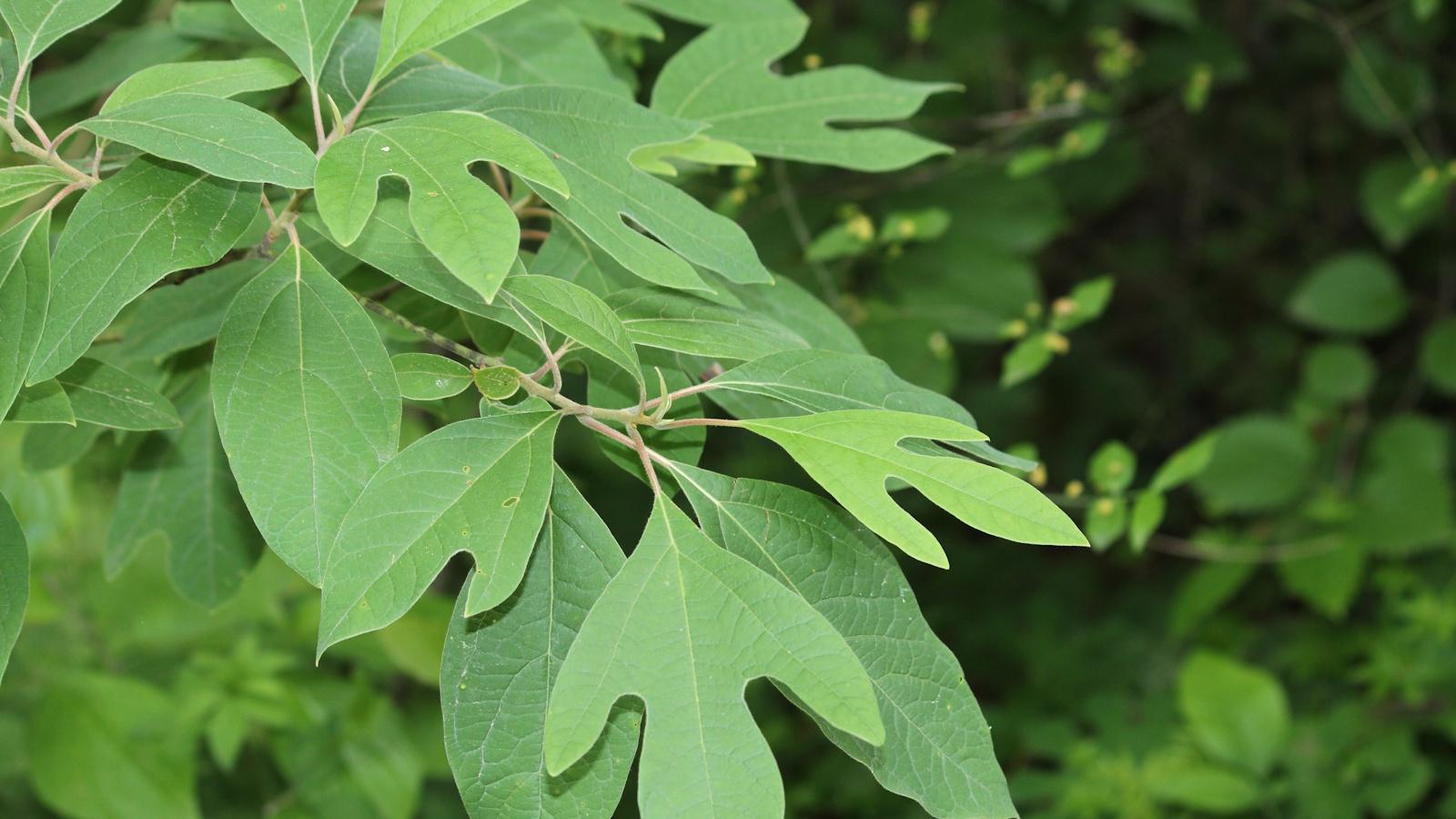 How to grow sassafras – for a low-maintenance native tree that can even be planted in shady yards
How to grow sassafras – for a low-maintenance native tree that can even be planted in shady yardsFor an easy-to-grow North American tree, you will not find much better than sassafras
By Thomas Rutter
-
 'Big results before you know it' – Experts urge you to use the ‘Take Away 10’ method for simple decluttering with zero decision fatigue
'Big results before you know it' – Experts urge you to use the ‘Take Away 10’ method for simple decluttering with zero decision fatigueIt can cut hundreds of items from your home in just a few weeks
By Ottilie Blackhall
-
 How to grow sassafras – for a low-maintenance native tree that can even be planted in shady yards
How to grow sassafras – for a low-maintenance native tree that can even be planted in shady yardsFor an easy-to-grow North American tree, you will not find much better than sassafras
By Thomas Rutter
-
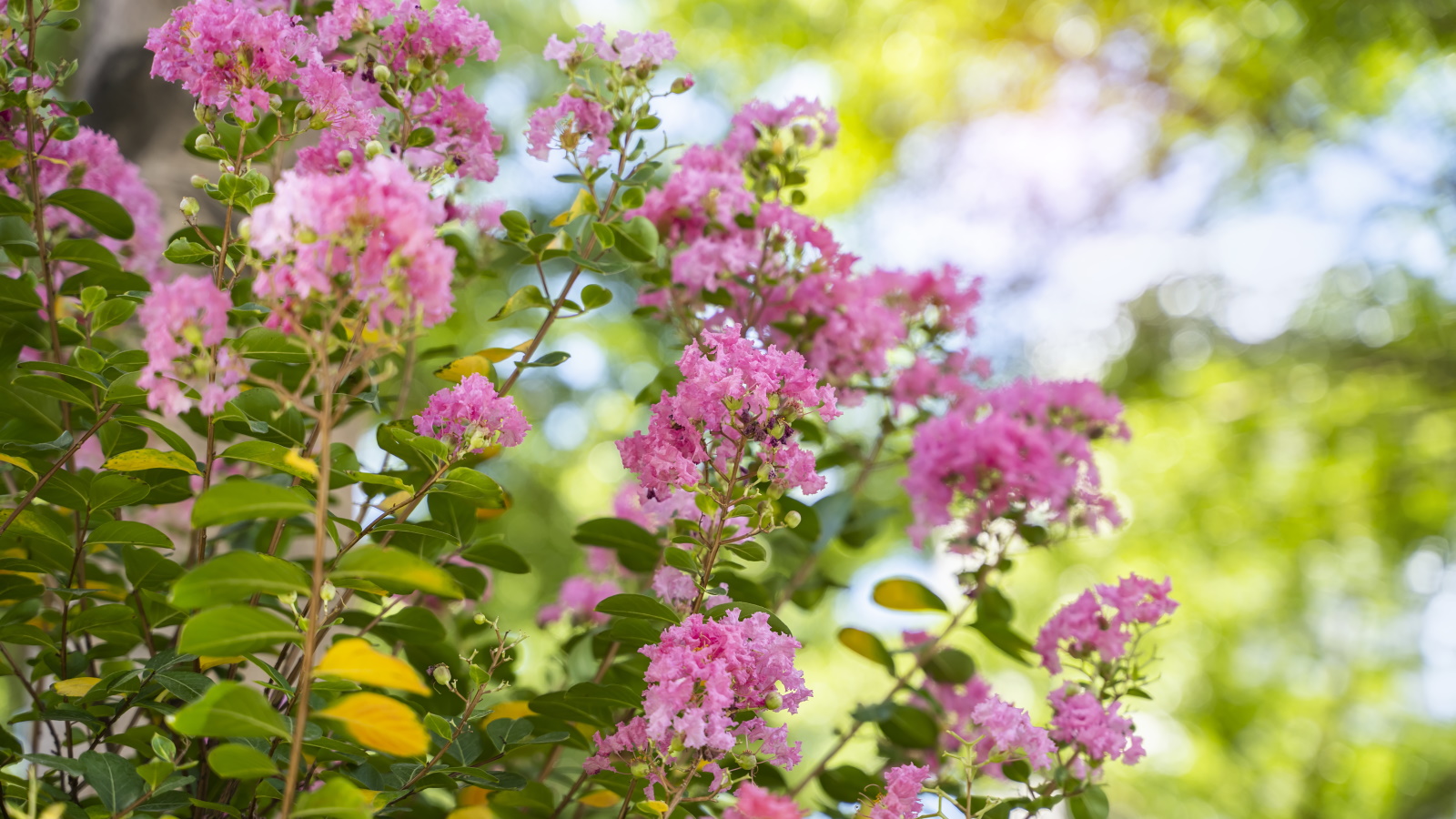 How to grow crepe myrtle in pots – and transform even the smallest of yards with dazzling flowers this summer
How to grow crepe myrtle in pots – and transform even the smallest of yards with dazzling flowers this summerGrowing crepe myrtles in pots will inject splashes of brilliant color into your outside space
By Thomas Rutter
-
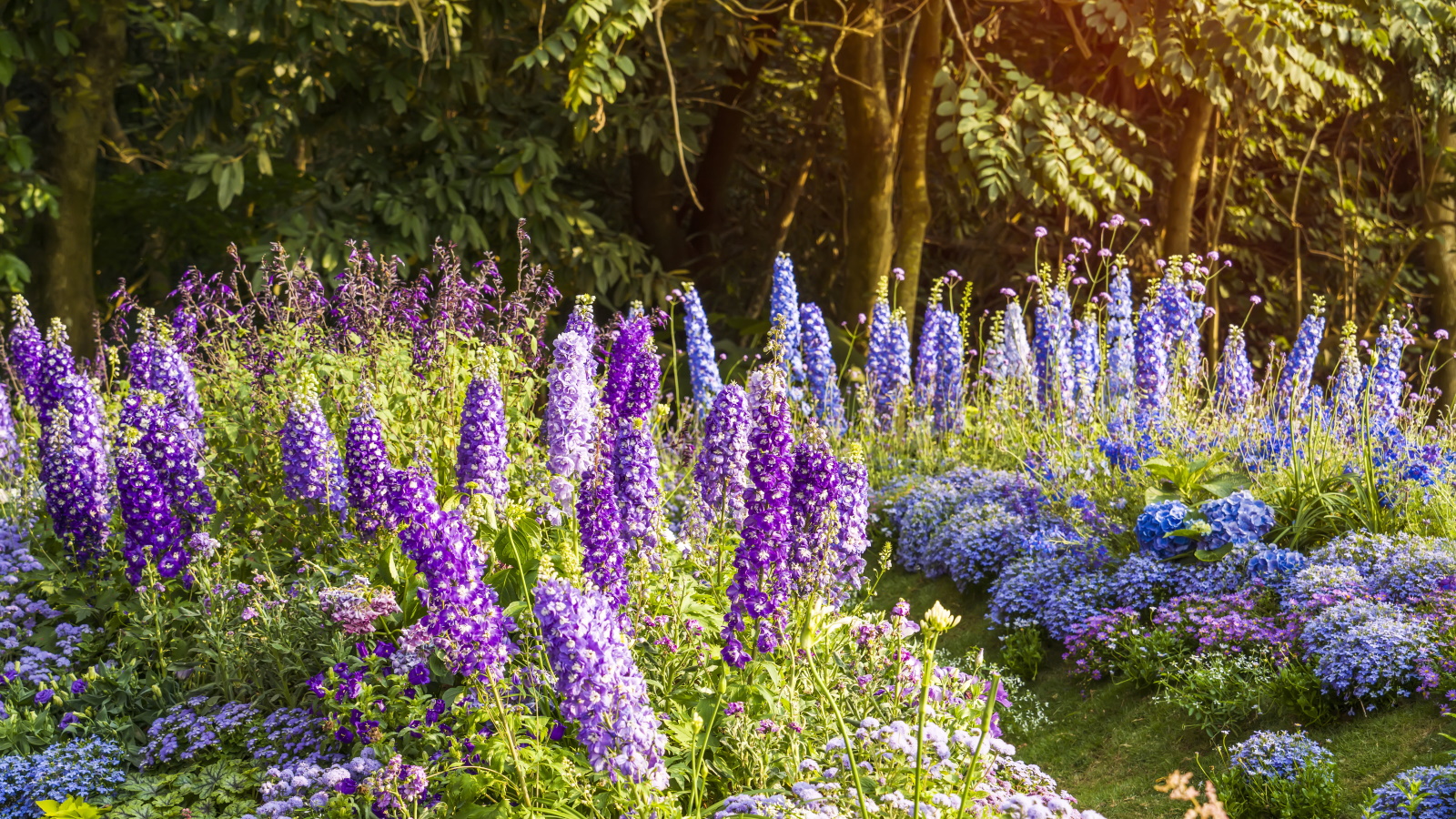 Best types of delphiniums – 14 stunning varieties for vibrant flower spikes in your yard
Best types of delphiniums – 14 stunning varieties for vibrant flower spikes in your yardPlants Here are our top types of delphiniums for brightening summer borders
By Holly Crossley
-
 How to grow impatiens – garden experts reveal the secrets to growing this shade-tolerant, sparkling summer plant
How to grow impatiens – garden experts reveal the secrets to growing this shade-tolerant, sparkling summer plantBoth 'Busy Lizzie' and 'New Guinea' impatiens can thrive in shady yards
By Ellen Wells
-
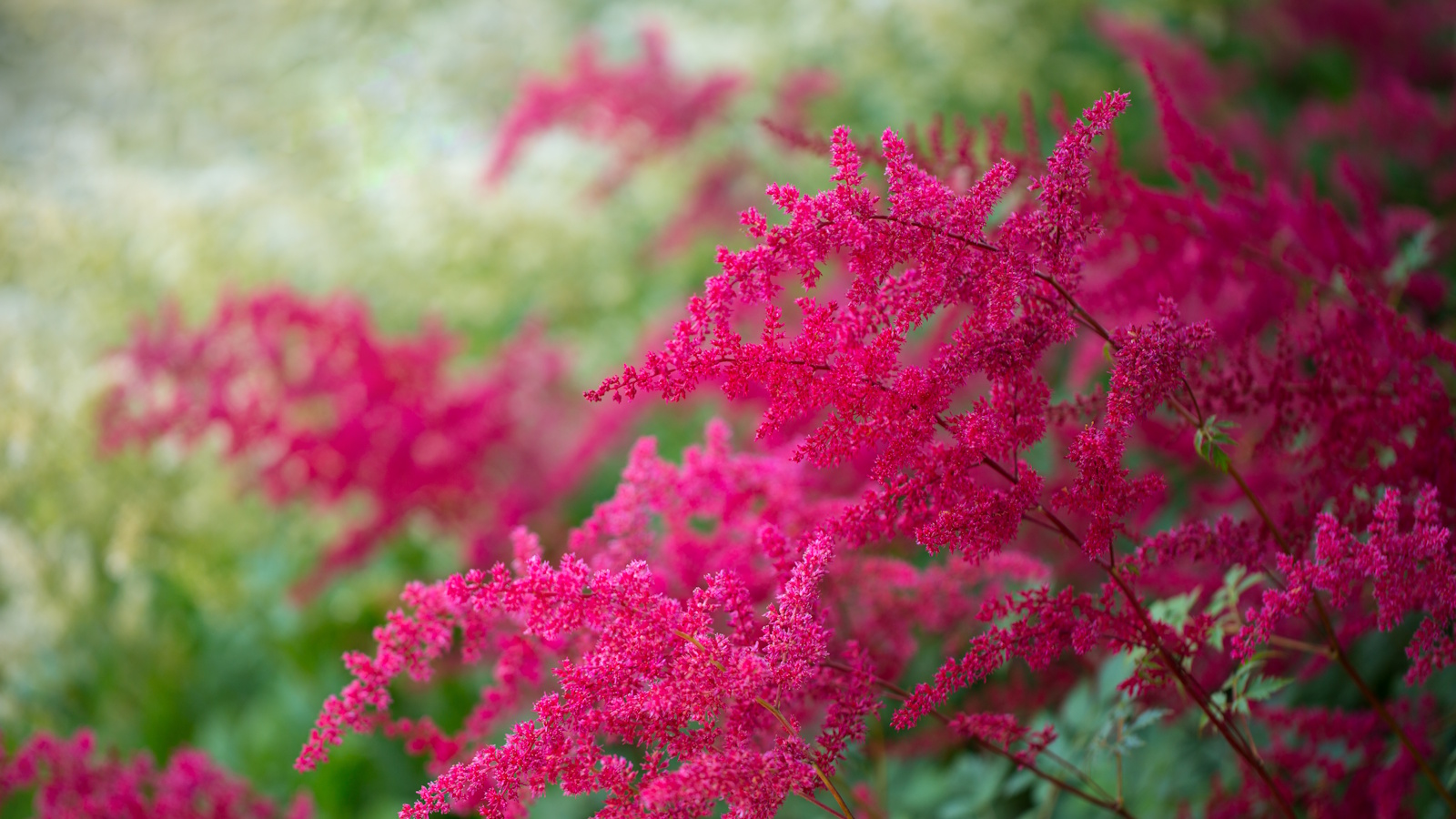 How to grow astilbe – expert advice on cultivating this shade-tolerant flowering perennial
How to grow astilbe – expert advice on cultivating this shade-tolerant flowering perennialShade-tolerant and pest-resistant - astilbe are hardy and tough perennials that can thrive in many settings
By Ellen Wells
-
 7 native perennials to plant in April – for glorious flowering displays to attract bees, butterflies, and hummingbirds
7 native perennials to plant in April – for glorious flowering displays to attract bees, butterflies, and hummingbirdsDiscover some of the best perennials to plant in April to make your garden a hotspot for wildlife
By Drew Swainston
-
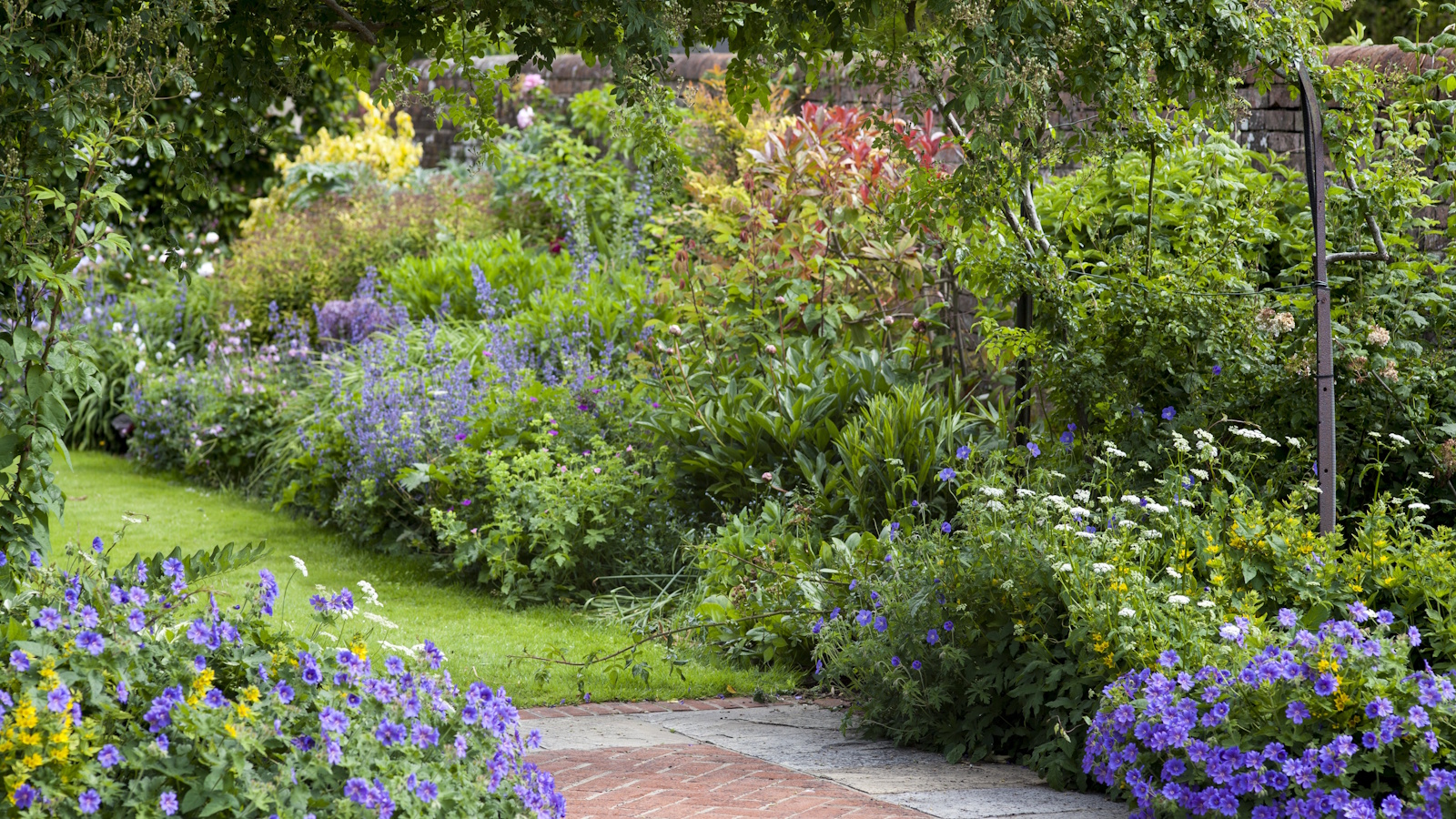 Is the viral salt hack the secret to a weed-free patio? A garden expert warns of irreparable, long-term damage – plus reveals the safest way to get results
Is the viral salt hack the secret to a weed-free patio? A garden expert warns of irreparable, long-term damage – plus reveals the safest way to get resultsYou might have seen gardeners on TikTok or Instagram using salt to kill weeds in pavers, but this hack should be avoided at all costs
By Thomas Rutter
-
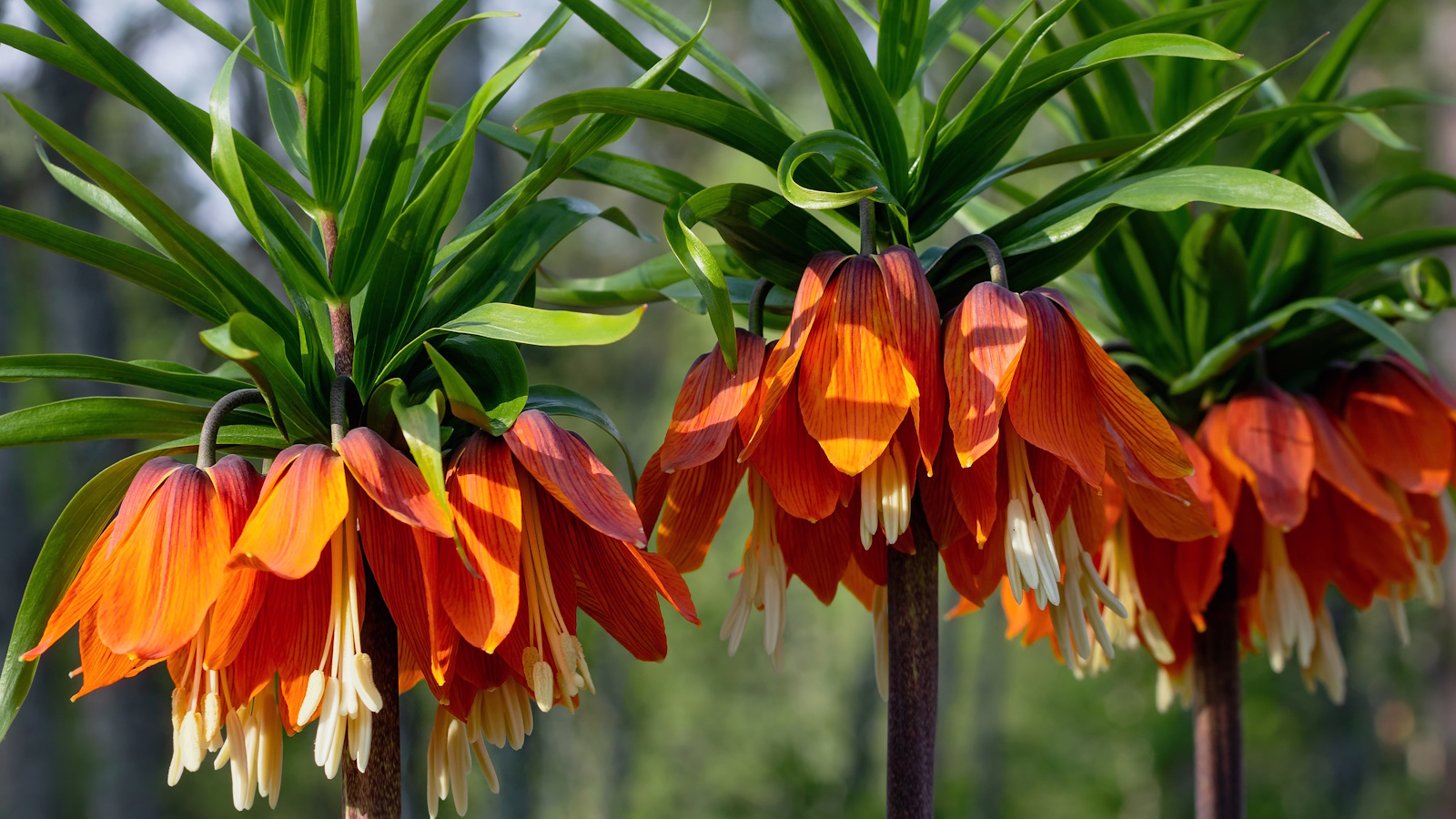 Worst-smelling plants to avoid – experts reveal 5 pungent species and suggest perfumed options to grow instead
Worst-smelling plants to avoid – experts reveal 5 pungent species and suggest perfumed options to grow insteadThese are some of the worst-smelling plants that can cause quite a stink
By Thomas Rutter